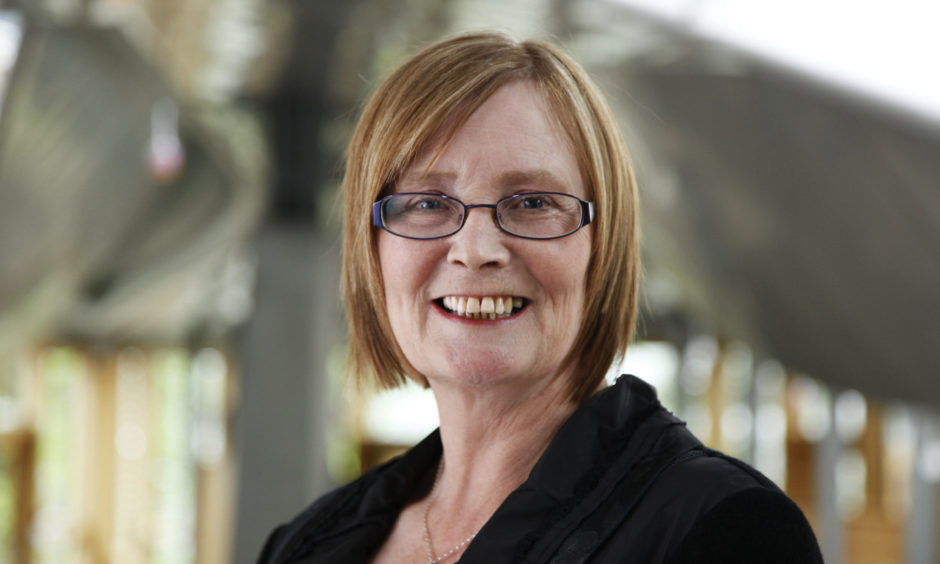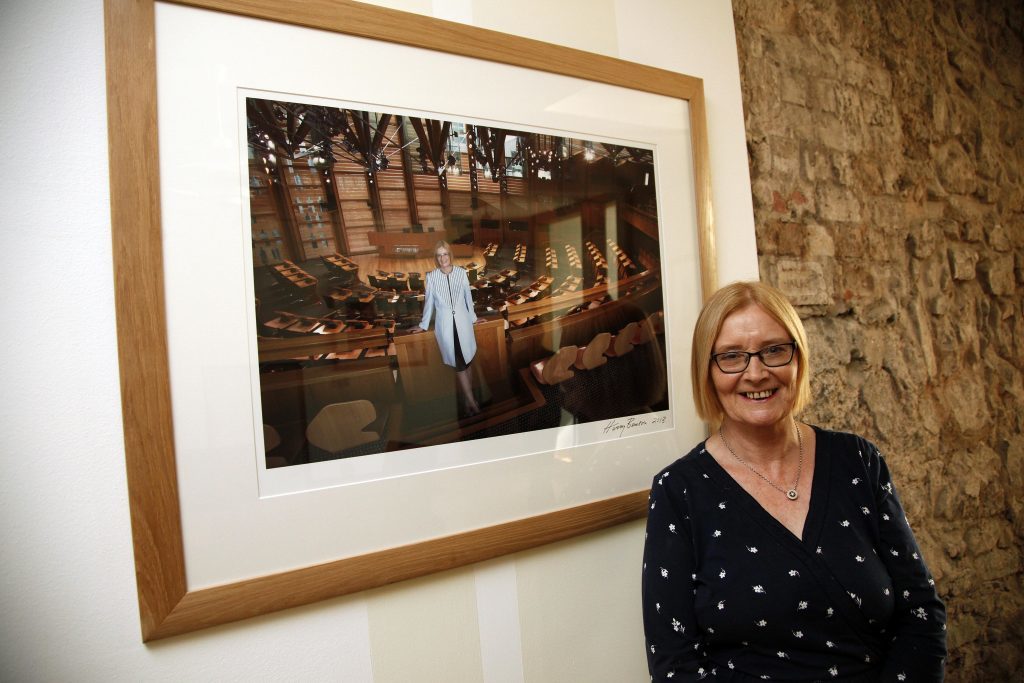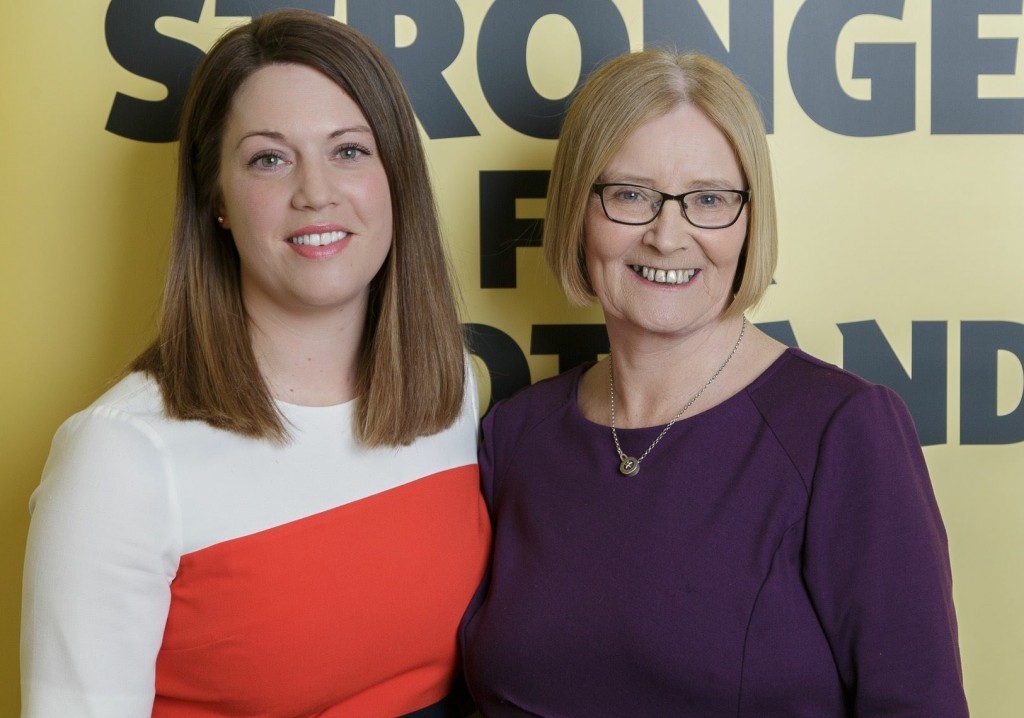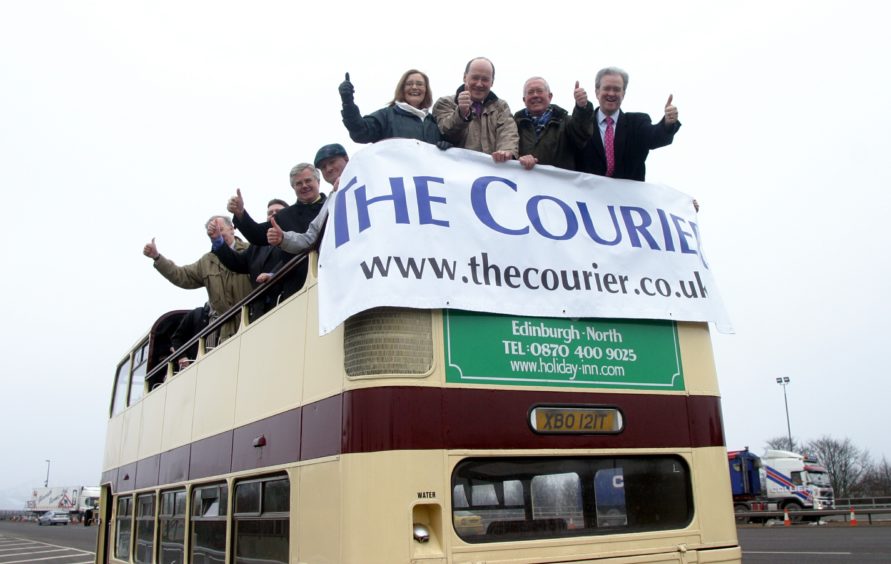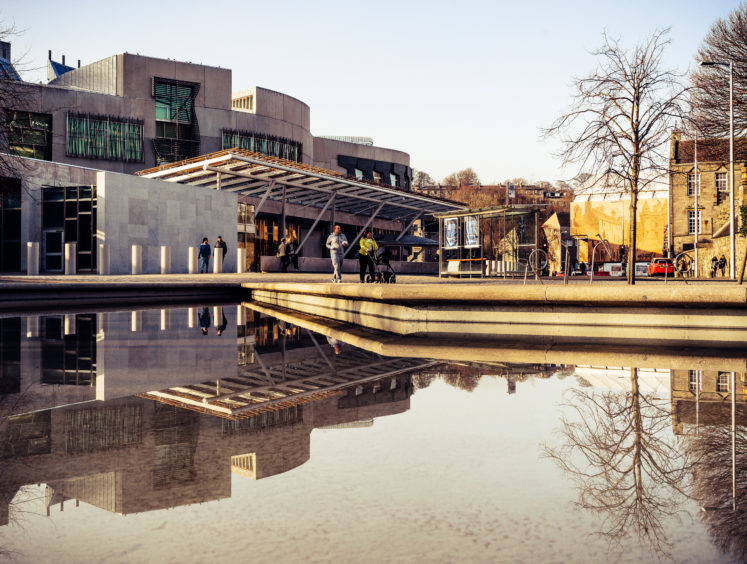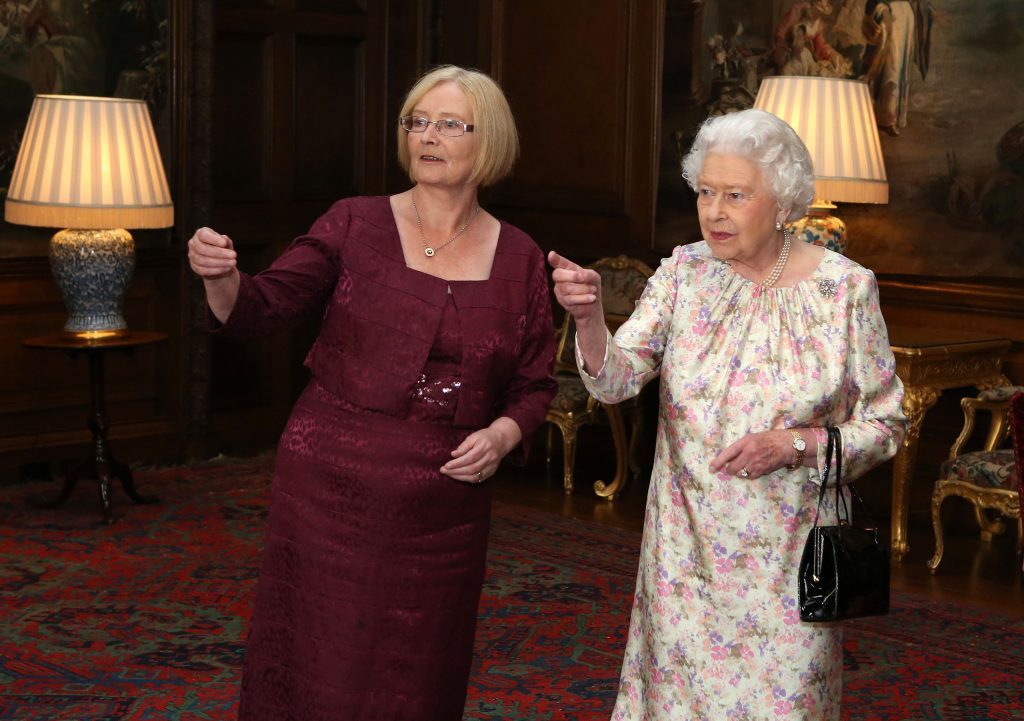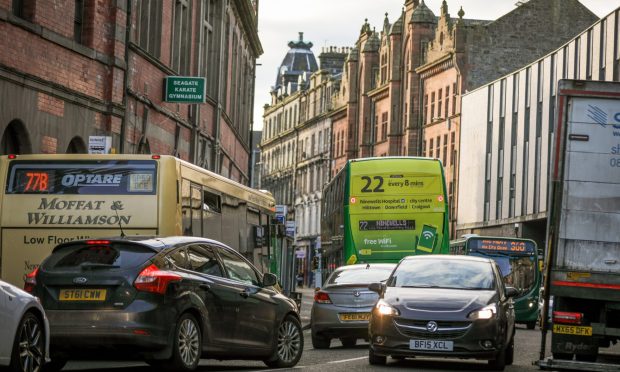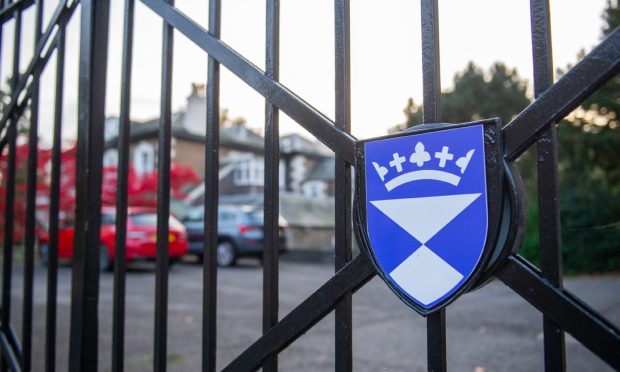Michael Alexander speaks to former Presiding Officer Tricia Marwick about the 20th anniversary of the Scottish Parliament – and her vision of the future.
Ask former Central Fife SNP MSP and Presiding Officer Tricia Marwick what the greatest achievement of the Scottish Parliament has been over the past 20 years, and she’ll tell you it’s the way it has become so embedded in Scottish life.
Recalling what political lobbying was like before those first Holyrood elections on May 6 1999, and she gives the example from her time as public affairs officer at Shelter Scotland in the early 1990’s when, to engage with politicians, she’d have to embark upon a 900-mile round trip to the House of Commons in London for a half-hour meeting.
But as a supporter of the Labour-led devolution referendum that took place in 1997, Mrs Marwick admits that while Holyrood has irrevocably changed Scottish life, it also needs to keep evolving.
“Today, there is nothing in Scotland that doesn’t impact on the Scottish Parliament and there’s nothing that the Scottish Parliament doesn’t impact on for the people of Scotland,” she said in a sit-down interview with The Courier.
“Considerable successes have been copied by parliaments throughout the world – one is electronic voting we’ve had from day one. The second one is our fantastic public petitions committee. There’s no hiding place for MSPs because the Scottish Parliament is reachable by more than half of the Scottish population within an hour.
“But the parliament also needs to keep evolving and to keep changing.
“I think there was a period where I became the Presiding Officer that I felt things weren’t quite working right. That’s why I instituted a number of (ongoing) procedural reforms.
“Notably that the parliament should meet on Tuesdays, Wednesdays and Thursdays as opposed to just a Wednesday/Thursday. Introducing topical questions on a Tuesday afternoon to give folk the opportunity to question ministers about issues that had happened since the time they rose the previous Thursday.
“I would have liked the reform to have gone faster, but I think it was important to start that reform process because I kept saying I didn’t want to get us in a situation where we looked back in 100 years like Westminster for example and folk would say ‘it’s aye been’.”
In many ways, Tricia Marwick, now 65, was herself a pioneer.
Not only was she the first woman to be elected Presiding Officer (PO) in the Scottish Parliament, but the Cowdenbeath-born miner’s daughter was also the first working class, state educated, non-university graduate to have that job.
Looking back on the 17 years she spent at Holyrood before stepping down in 2016, it was the “greatest honour” to become PO in 2011.
“If anyone had said to me in 1999 ‘Tricia one day you are going to be the PO’, I would not have believed that,” she smiled. “I did not think the PO was for the likes of me. That was a breakthrough on various levels. An honour and a privilege.”
But Tricia insists that the “biggest thrill” was actually being democratically elected to the Scottish Parliament in the first place given that in 1707, when the previous parliament was dissolved, there were no elections and certainly no women involved.
Campaign highlights for her included fighting for the out of hours GP service in Glenrothes, the Levenmouth rail-link – an ongoing fight for her Mid-Fife and Glenrothes successor Jenny Gilruth- and helping of individual constituents.
But the “absolute stand-out” for her was the cross-party campaign, led by The Courier in 2006/2007, to scrap tolls on the Forth and Tay road bridges.
“It was a great campaign by The Courier,” she said, “I was glad to work with them – and it was a great cross-party campaign. I think it was absolutely magnificent. Without The Courier coming in behind it the way they did, it wouldn’t have happened. That was huge and is one I look back on very fondly indeed.”
Although Tricia, who now distances herself from politics as chair of NHS Fife, hasn’t been a member of the SNP since relinquishing her membership to become the neutral PO from 2011-16, it’s no secret she has campaigned for Scottish independence all her life – and it continues to be her dream.
She shakes her head in disbelief at the Brexit-induced “paralysis” which is “tearing Westminster apart” and understands how “cheesed off” people in Scotland are about voting to remain in the EU while being forced to leave as part of the UK.
She says the problem with federalism is there’s “no appetite for it” north or south of the border.
But ask her to predict the next 20 years in these unprecedented turbulent political times, and how that will affect the Scottish Parliament, and perhaps not surprisingly, clarity becomes more difficult.
“The Scottish Parliament will have the powers that the Scottish people want it to have,” she said when asked about the future, “whether that be independence or whether that be more devolution or a more federal solution.
“At the end of the day the parliament will be what the Scottish people want it to be.
“But there are no shortcuts to independence,” she warned.
“You’ve got to take the people of Scotland with you if that’s to be the future destination.
“Independence like any constitutional change will never happen by default.
“It’s got to happen by consent and that’s the consent of the Scottish people.
“There’s no back door, there’s no stealth, there’s no anything – it’s got to be done in a democratic fashion and in a democratic way.
“That’s the only way you get legitimacy.
“That’s why I think the Scottish Parliament, not with-standing its initial difficulties over the building at the beginning, is at the centre of Scottish life because people recognise that it has a democratic mandate to be there.”
